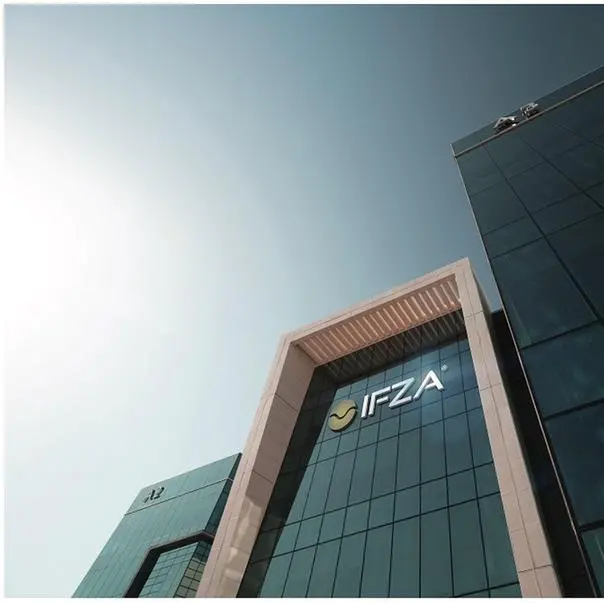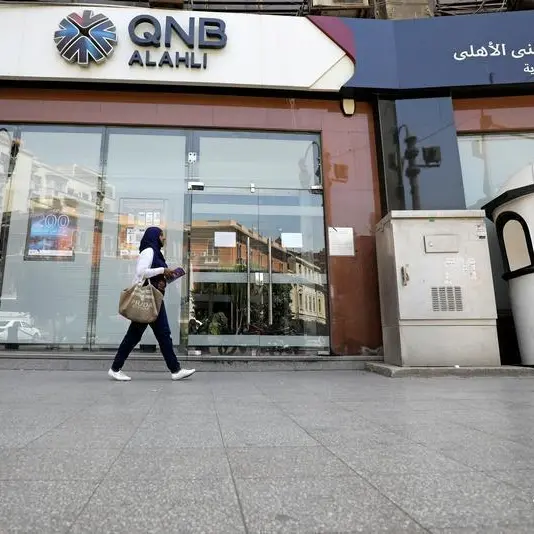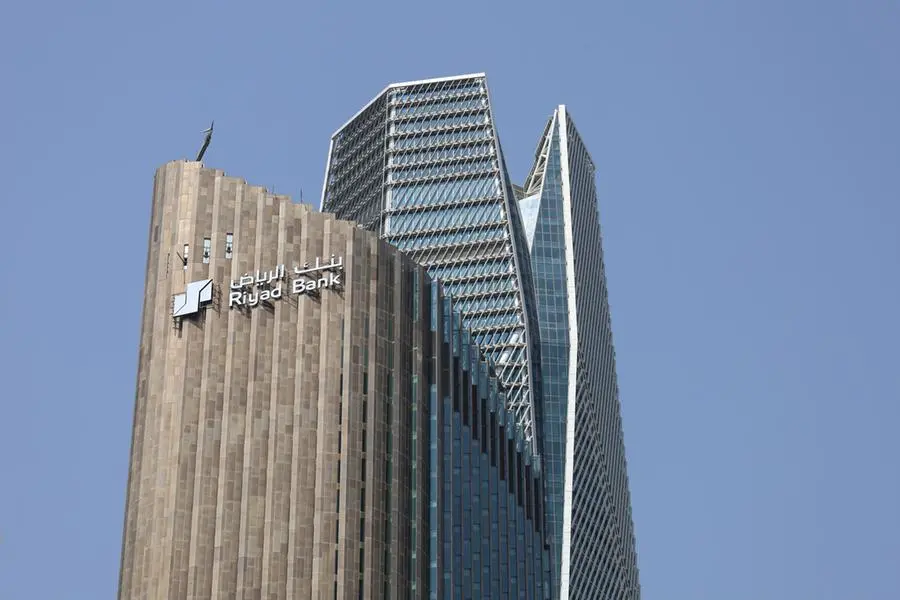PHOTO
Gulf Cooperation Council (GCC) banks’ profitability is expected to remain strong in 2024, but suffer a slight deterioration in 2025, as the Fed could start cutting rates in December 2024, and most GCC central banks are likely to follow suit.
This is according to S&P Global Ratings credit analyst Mohamed Damak. He said: "We also expect asset quality to remain resilient despite the higher-for-longer rates thanks to supportive economies, contained leverage, and a high level of precautionary reserves."
More risks for some banks
However, when rates decline, some banks are more at risk than others. Banks with significant corporate lending are likely to see a greater impact than others. Corporate lending in the GCC region is typically at variable rates and banks tend to reprice it relatively quickly.
The most vulnerable bank in S&P’s sample stands to lose around 30% of its bottom line with every 100 bp drop in rates. This assumes a static balance sheet and a parallel shift in the yield curve, which may not hold true in reality. Some of the retail banks in the sample display a moderate impact due to the structure of their balance sheets.
In S&P’s “Your Three Minutes In Banking: When Rates Drop, GCC Banks' Profitability Will Follow”, he said the following factors are likely to mitigate the overall impact of a decline in GCC banks' profitability:
Management actions to reposition banks' balance sheets This could take the form of fixing interest rates at their current levels for some exposures, or swapping variable rates for fixed ones before the rate drop starts.
Migration of deposits back to non-interest-bearing instruments Over the past couple of years, it has been seen that deposit migrates to interest-bearing instruments in some markets. In Saudi Arabia for example, the share of demand deposits to total deposits dropped to 53% at year-end 2023 from 65% at year-end 2021. S&P expects to see a move back to non-interest-bearing instruments if interest rates decline, depending on the magnitude of the decline. The migration back could take time.
A potentially lower cost of risk for banks As interest rates decline and banks reprice corporate loans, companies may have additional breathing room that could help their creditworthiness and ultimately reduce banks' provisioning needs.
Higher lending growth Higher volumes can compensate for lower margins, particularly in markets where there is a significant lending demand, such as Saudi Arabia due to the implementation of Vision 2030 projects. Rate cuts are also likely to reduce the amount of unrealised losses that banks have accumulated on their investments over the past couple of years. S&P estimates these at around $2.8 billion for rated GCC banks, or 1.9% on average of their total equity at year-end 2023.
Every 100 basis point drop in rates shaves an average of around 9% off rated GCC banks' bottom lines. This is based on the banks' December 2023 disclosures and assumes a static balance sheet and a parallel shift in the yield curve.
On a positive note, lower rates are also likely to reduce the amount of unrealised losses that GCC banks have accumulated over the past couple of years. “We estimate these losses at around $2.8 billion for the GCC banks we rate, or 1.9% on average of their total equity.”
Why It matters
GCC banks have benefited from the last monetary policy tightening cycle. As most GCC central banks typically mirror the Fed's rate movements to preserve their currency pegs, the delay in rate cuts will boost GCC banks' profitability.
The banks have benefited from the increase in interest rates over the past couple of years, and they stand to continue benefiting in 2024. At year-end 2023, the average return on assets of the top 45 banks in the region reached 1.7%, up from 1.2% at year-end 2021.
Copyright 2024 Al Hilal Publishing and Marketing Group Provided by SyndiGate Media Inc. (Syndigate.info).























